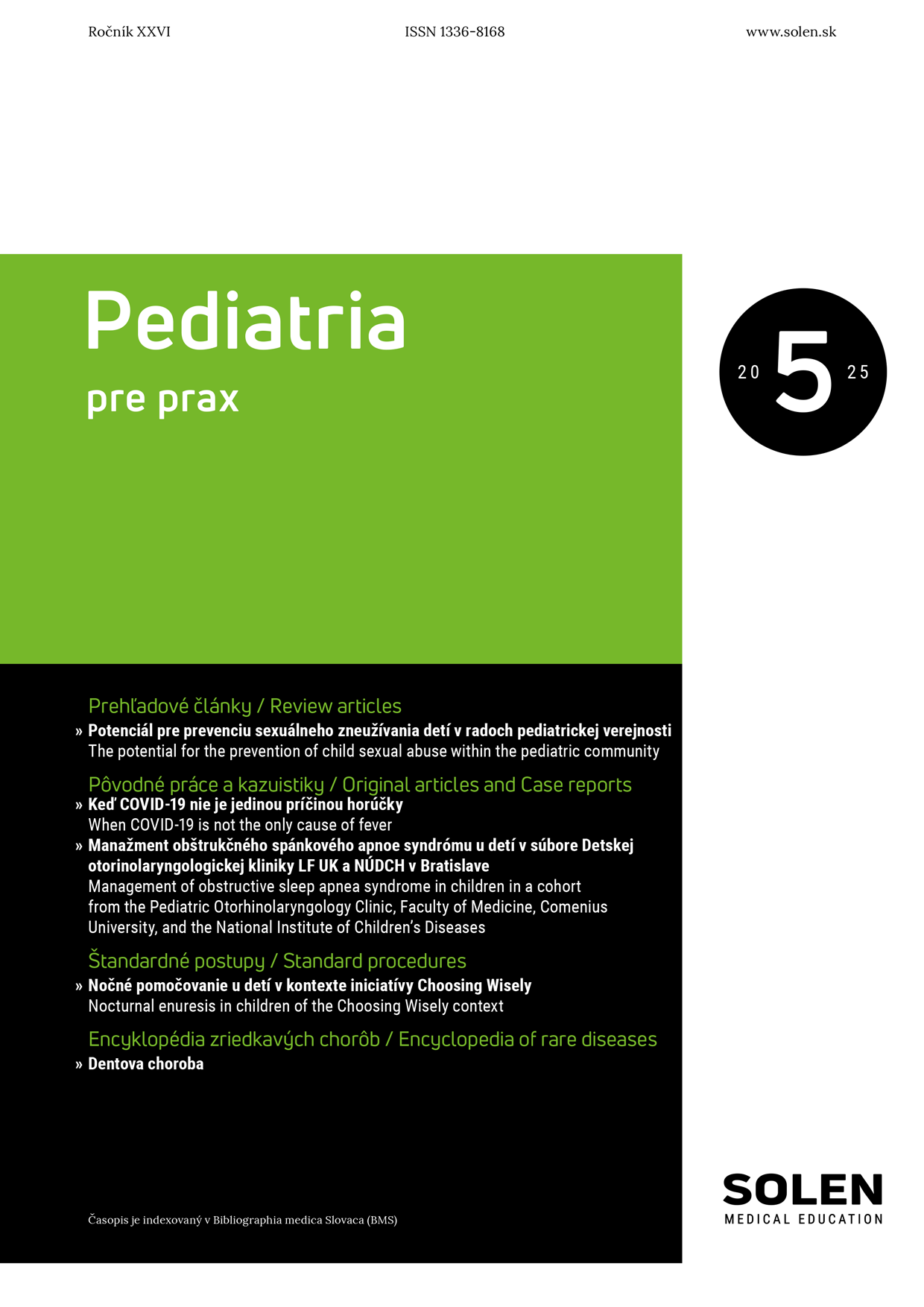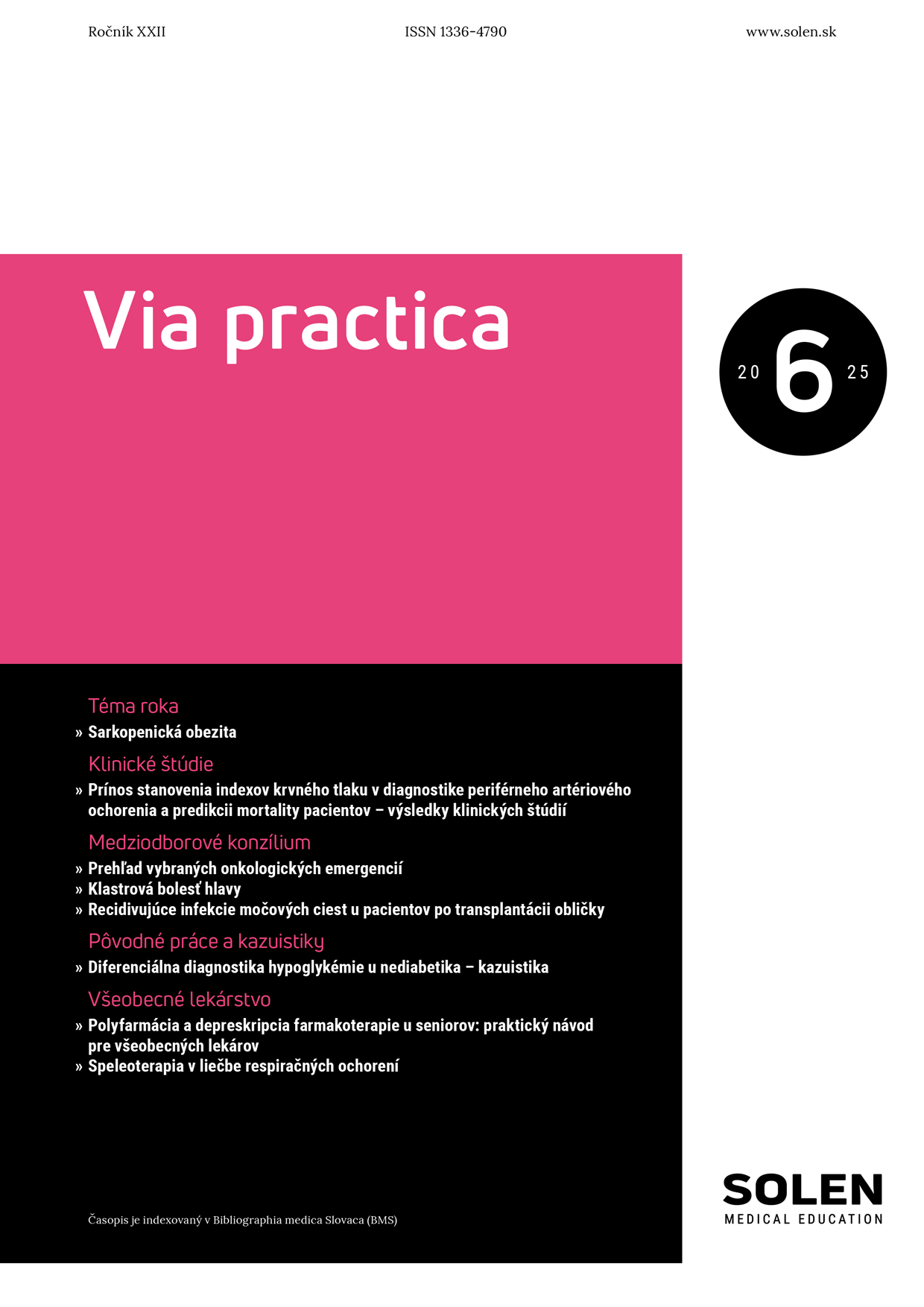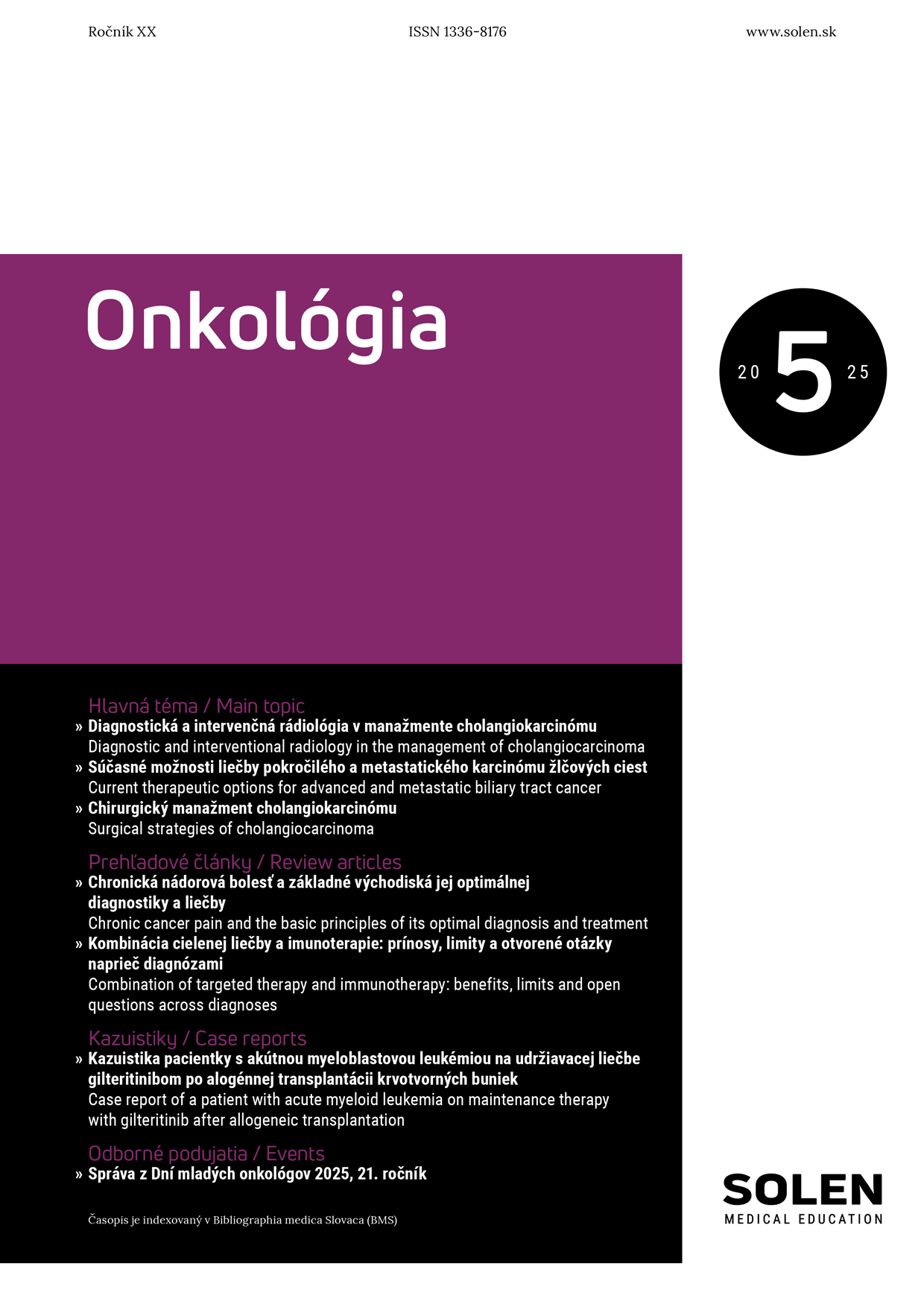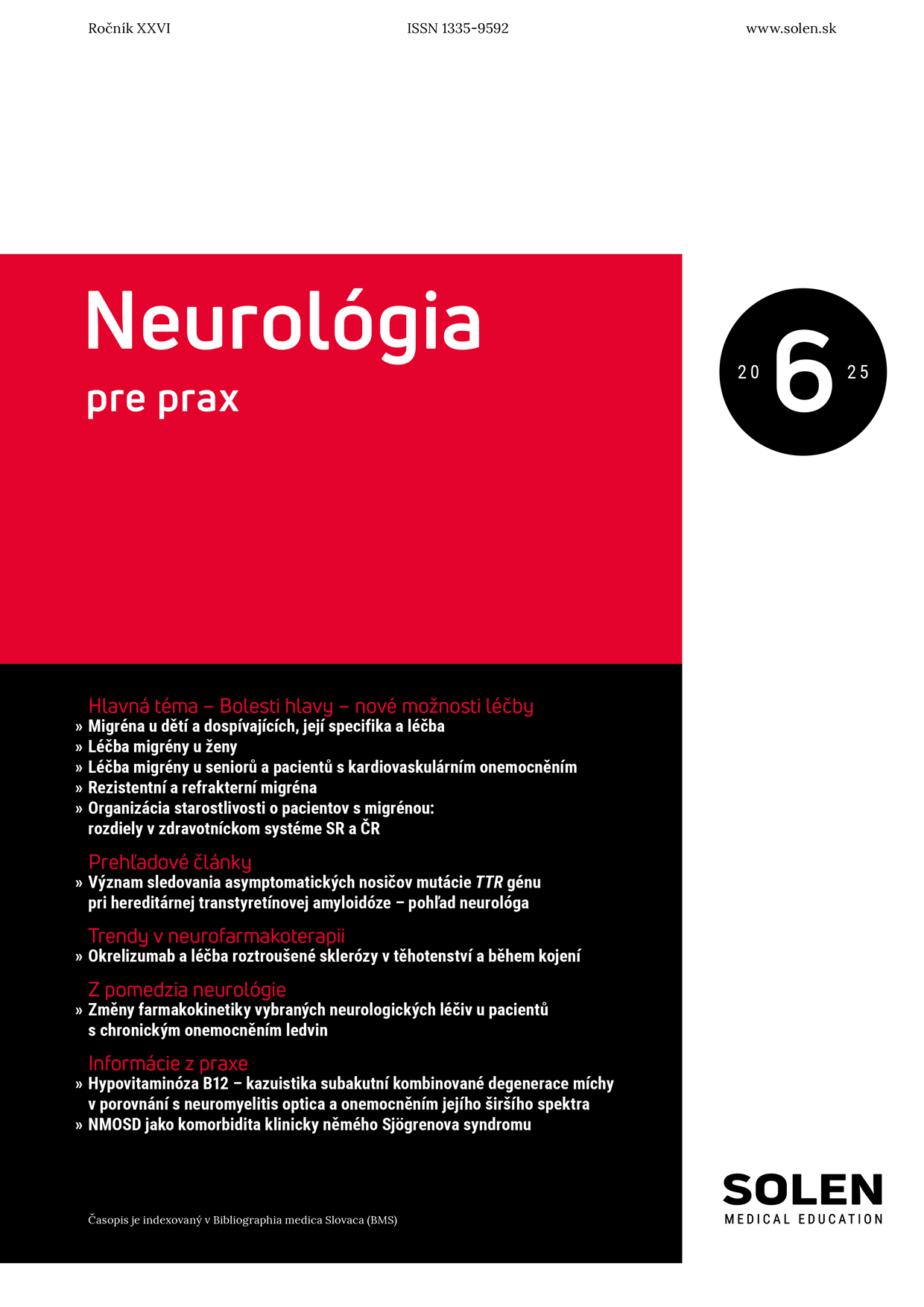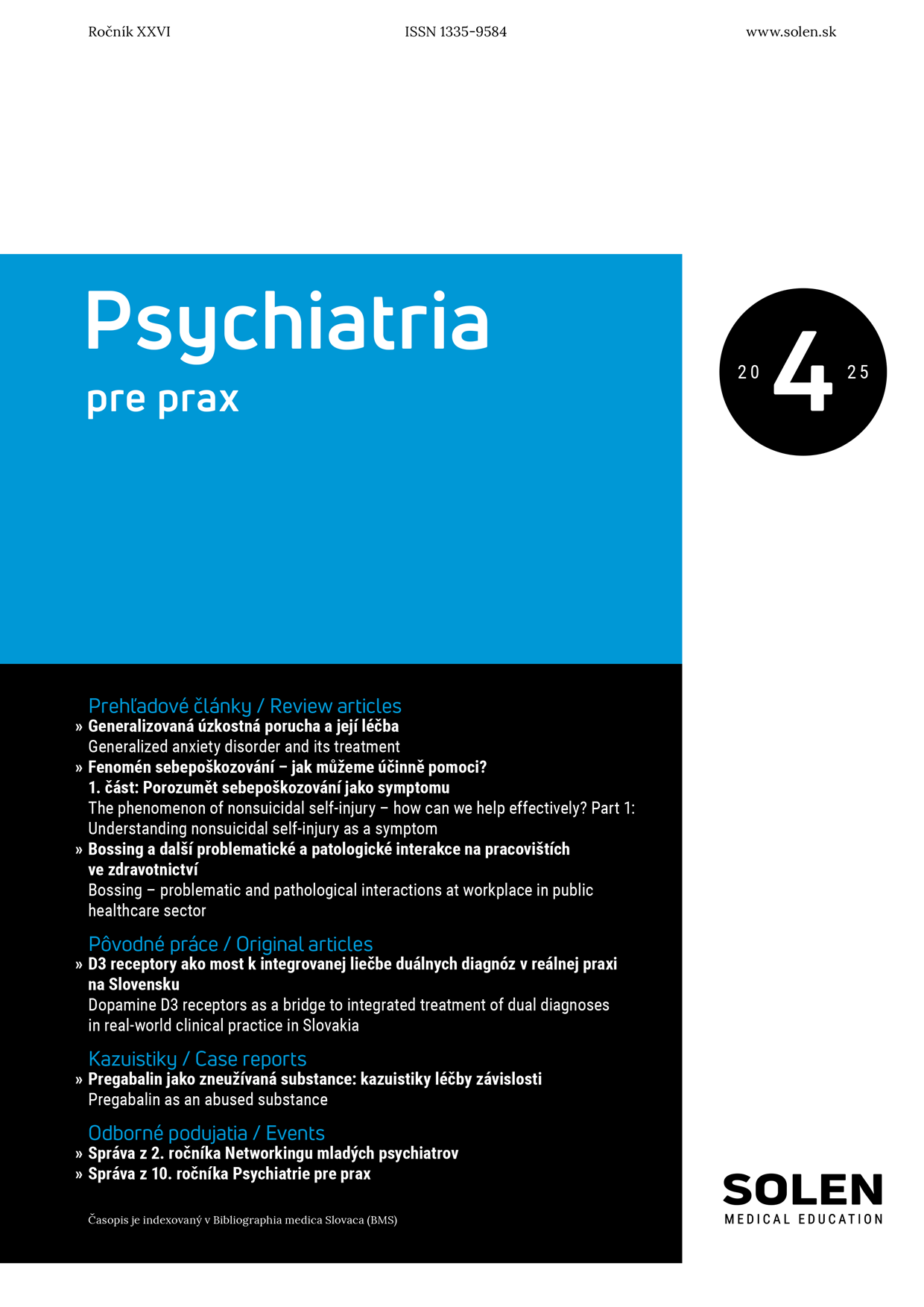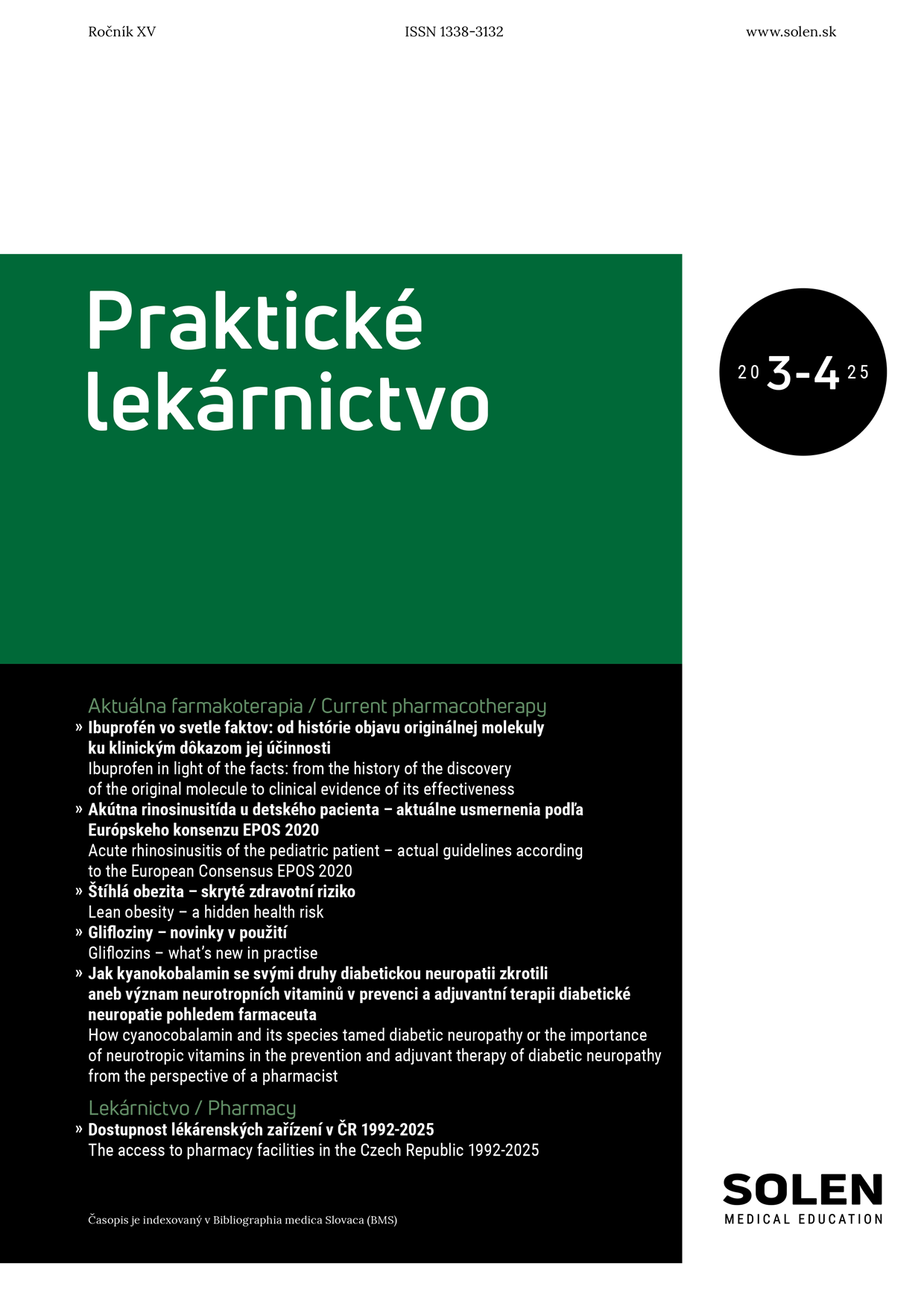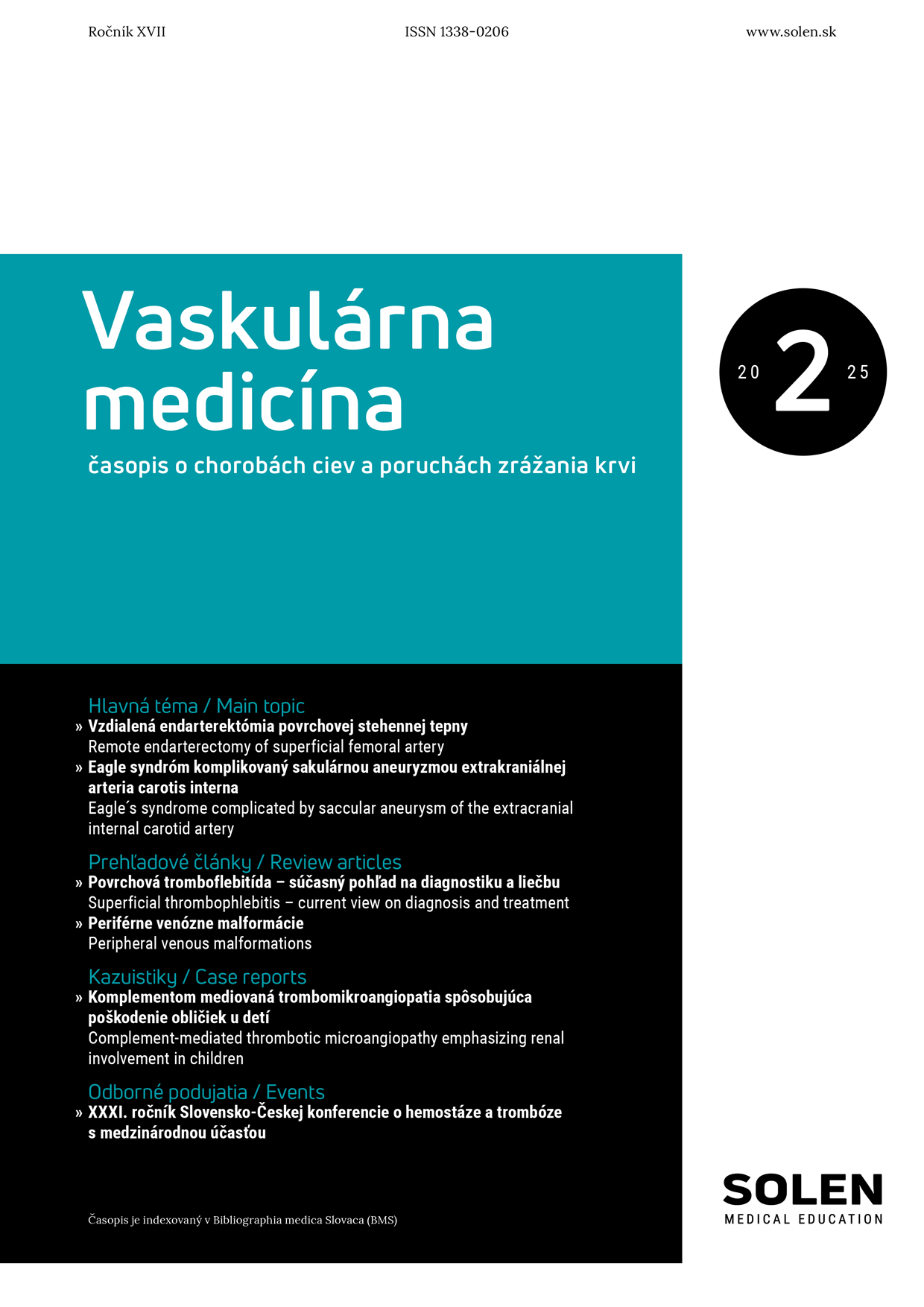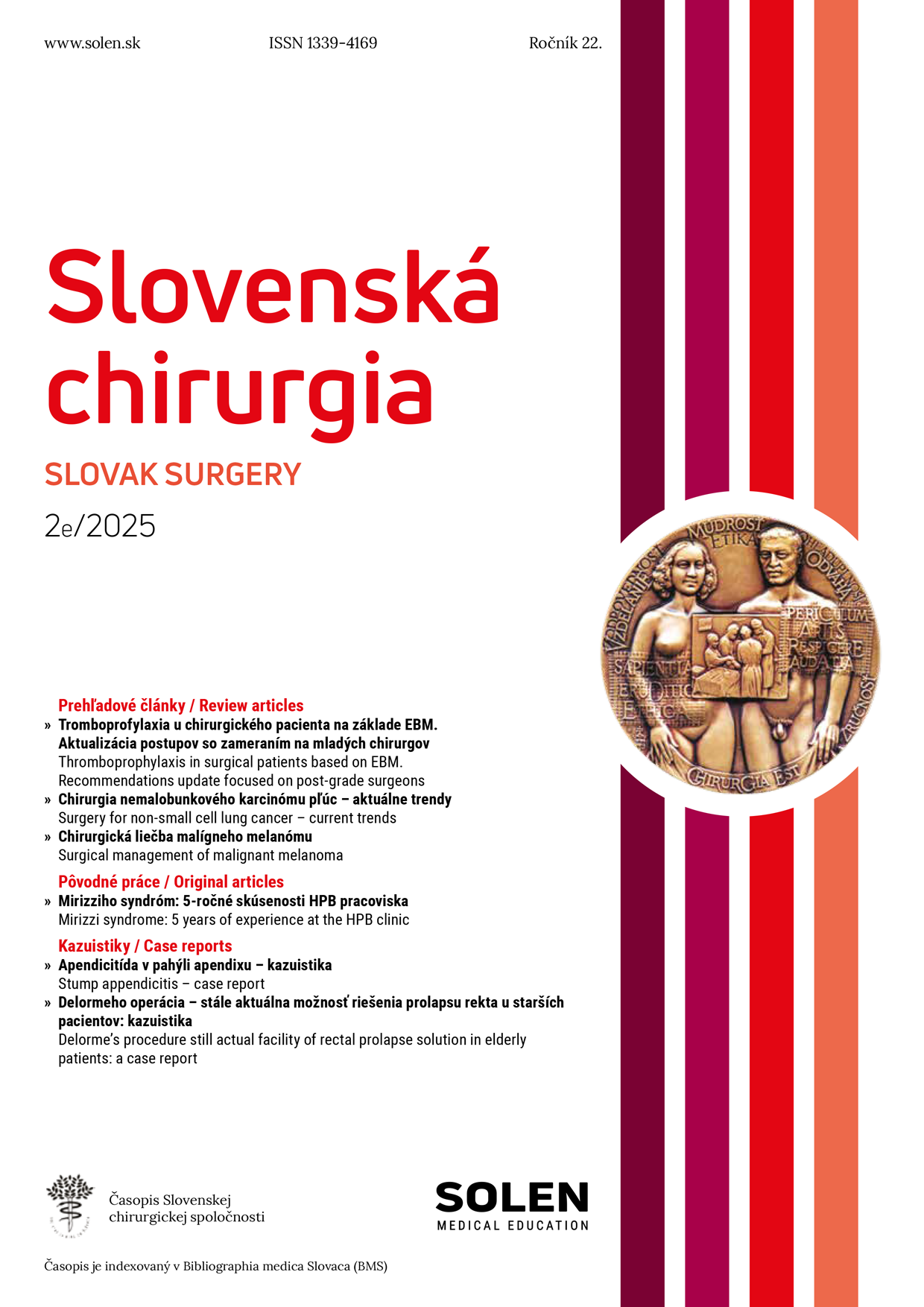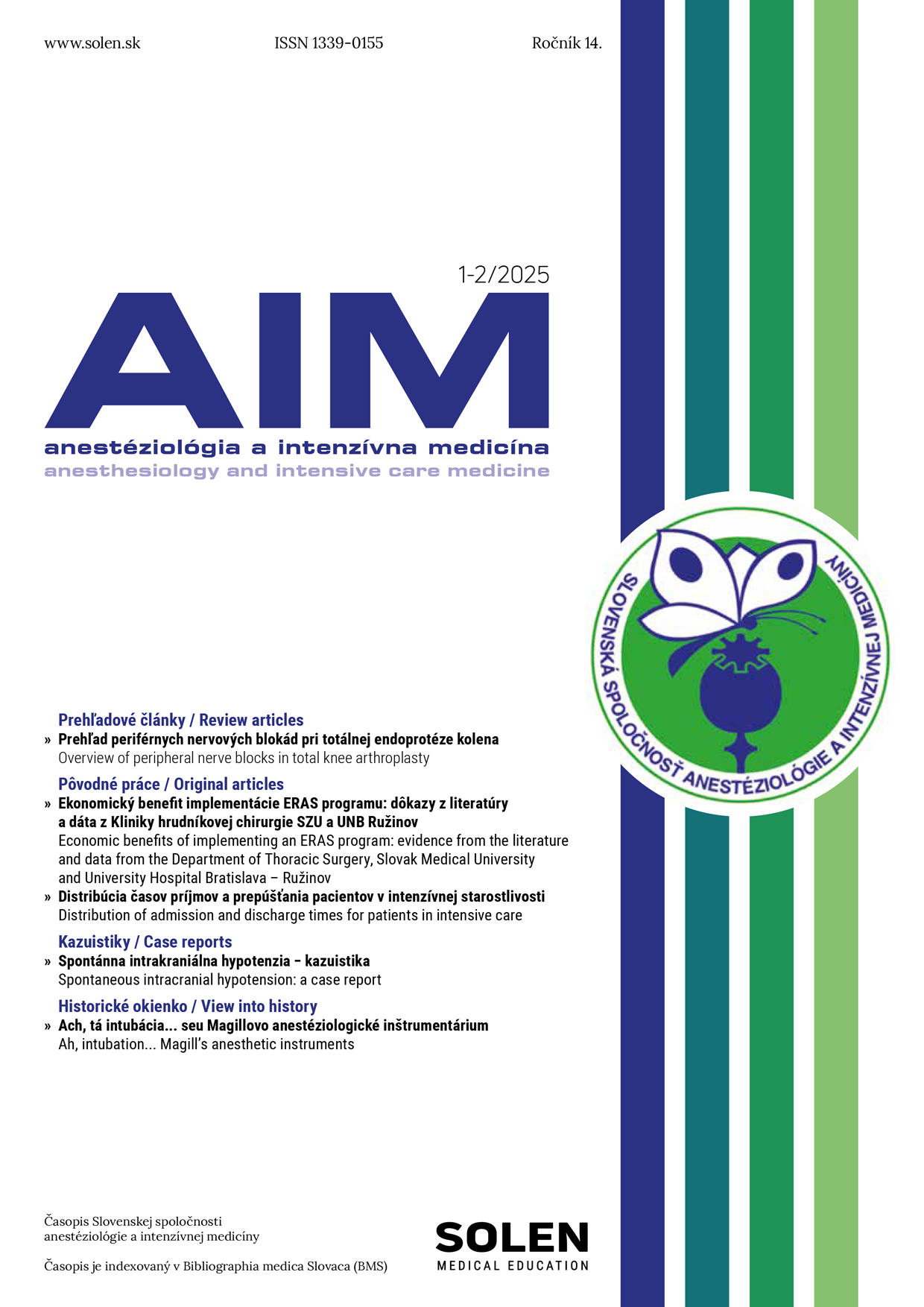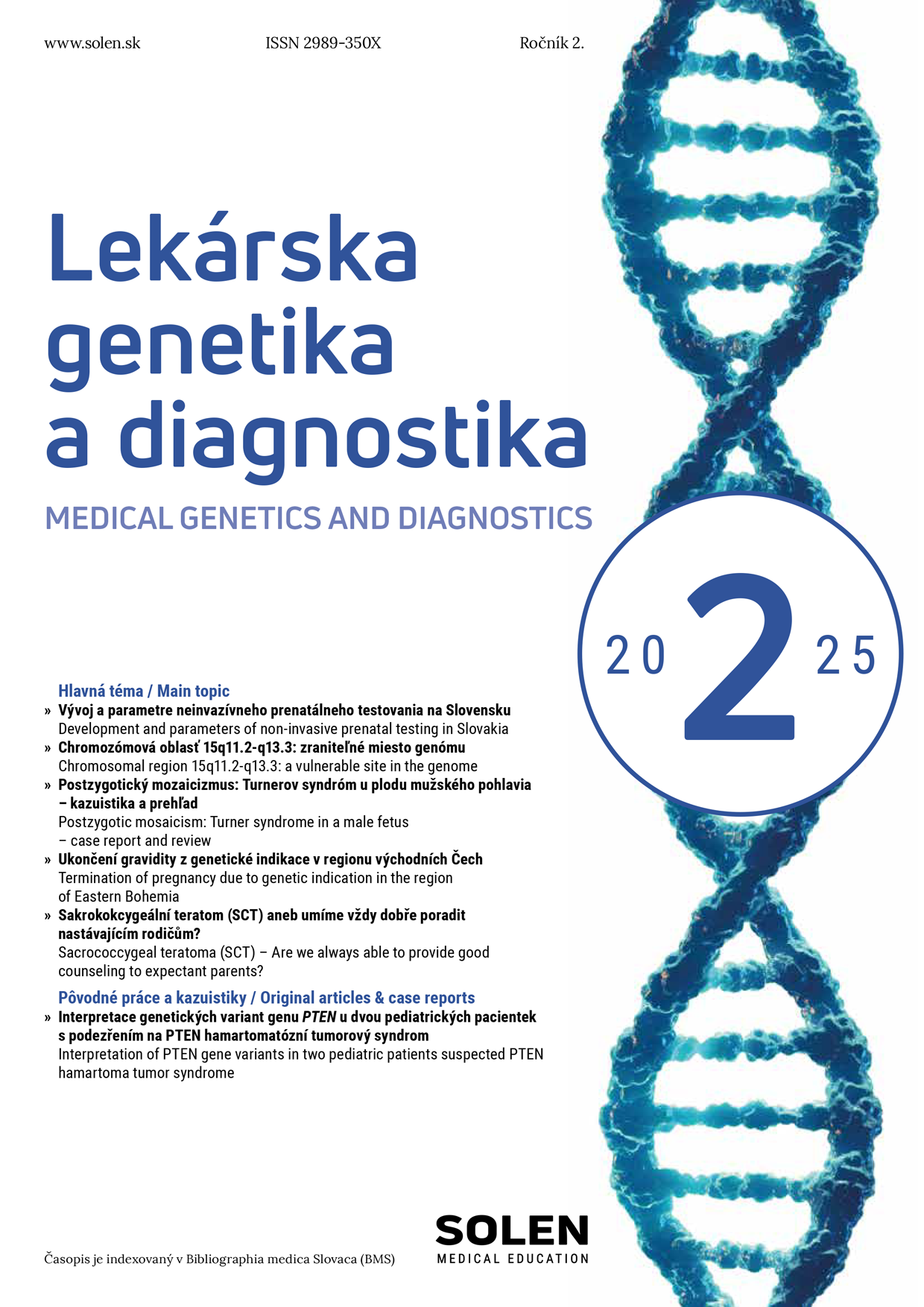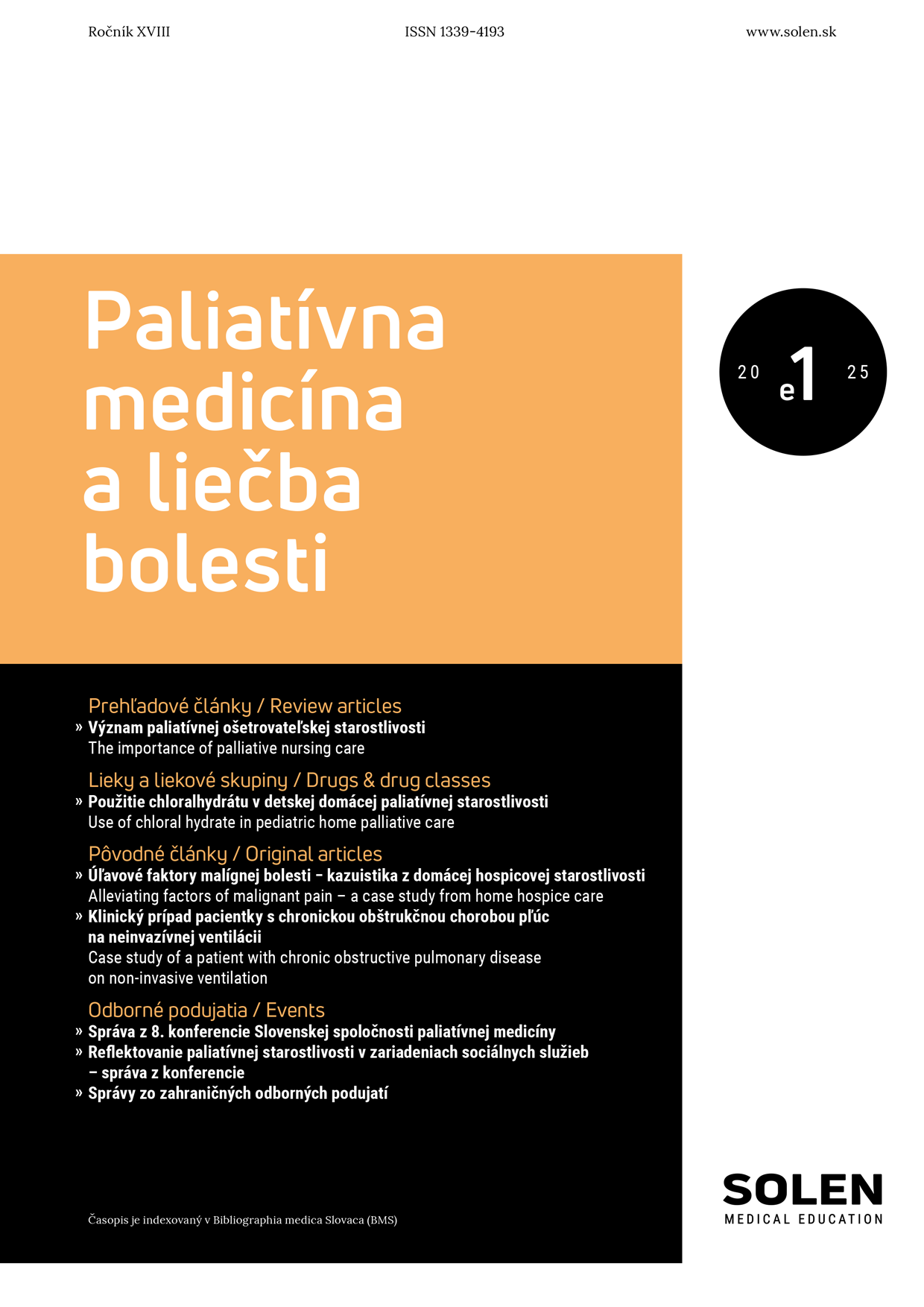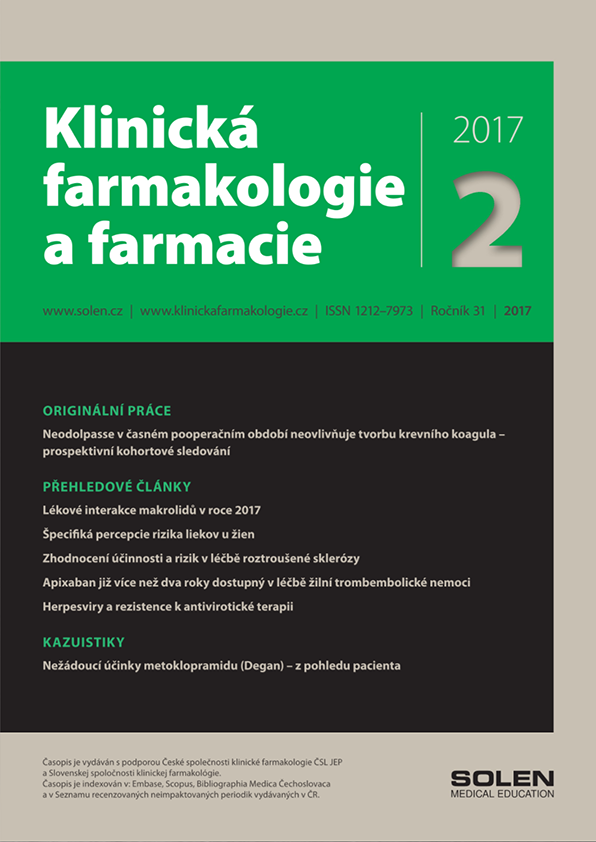Onkológia 2/2025
Serózny karcinóm tela maternice
MUDr. Lucia Kocová, MUDr. Tibor Lengyel, PhD., MPH
Serózny karcinóm tela maternice je najčastejší typ non-endometrioidných karcinómov maternice. Napriek svojej relatívne nízkej incidencii je zodpovedný za neúmerne vysoký podiel úmrtí na karcinóm endometria. Tento vysokoagresívny nádor sa často diagnostikuje v pokročilých štádiách, vyznačuje sa skorým lymfovaskulárnym a peritoneálnym šírením a jeho prognóza je výrazne horšia v porovnaní s endometrioidným podtypom. V tomto prehľadovom článku sumarizujeme aktuálne poznatky o epidemiológii, rizikových faktoroch, molekulárnych charakteristikách a liečebných stratégiách pri seróznom karcinóme endometria. Osobitná pozornosť je venovaná molekulárnej klasifikácii, ktorá umožňuje lepšie pochopenie biologického správania nádoru a otvára cestu k personalizovanému prístupu v liečbe. Diskutujeme úlohu chirurgického stagingu so zameraním na mapovanie sentinelových lymfatických uzlín, terapeutický význam lymfadenektómie a úlohu cytoredukcie v liečbe pokročilých štádií. Článok poskytuje prehľad adjuvantnej liečby vrátane systémovej terapie, kombinácií chemoterapie s imunoterapiou a cielenou biologickou liečbou, ako aj úlohy molekulárnych biomarkerov pri výbere liečebnej stratégie. Cieľom článku je poskytnúť praktický pohľad na komplexný multidisciplinárny manažment tohto agresívneho gynekologického nádoru.
Kľúčové slová: serózny karcinóm endometria, molekulárna klasifikácia, biopsia sentinelových uzlín, systematická lymfadenektómia, cytoredukcia, imunoterapia, cielená liečba
Uterine serous carcinoma
Uterine serous carcinoma is the most common type of non-endometrioid endometrial carcinoma and, despite its relatively low incidence, accounts for a disproportionately high number of deaths from endometrial cancer. This highly aggressive tumor is often diagnosed at advanced stages, is characterized by early lymphovascular and peritoneal spread, and has a significantly poorer prognosis compared to the endometrioid subtype. This review article summarizes current knowledge on the epidemiology, risk factors, molecular characteristics, and treatment strategies for uterine serous carcinoma. Special attention is given to molecular classification, which enables a better understanding of tumor biology and paves the way for personalized treatment approaches. We discuss the role of surgical staging, with a focus on sentinel lymph node mapping, the therapeutic relevance of lymphadenectomy, and the importance of cytoreduction in advanced disease. The article provides an overview of adjuvant treatment, including systemic therapy options, available combinations of chemotherapy with immunotherapy and targeted biological therapies, and outlines key molecular biomarkers relevant to treatment selection. The aim is to offer a practical perspective on the complex multidisciplinary management of this aggressive gynecologic malignancy.
Keywords: uterine serous carcinoma, molecular classification, sentinel lymph node biopsy, systematic lymphadenectomy, cytoreduction, immunotherapy, targeted therapy


